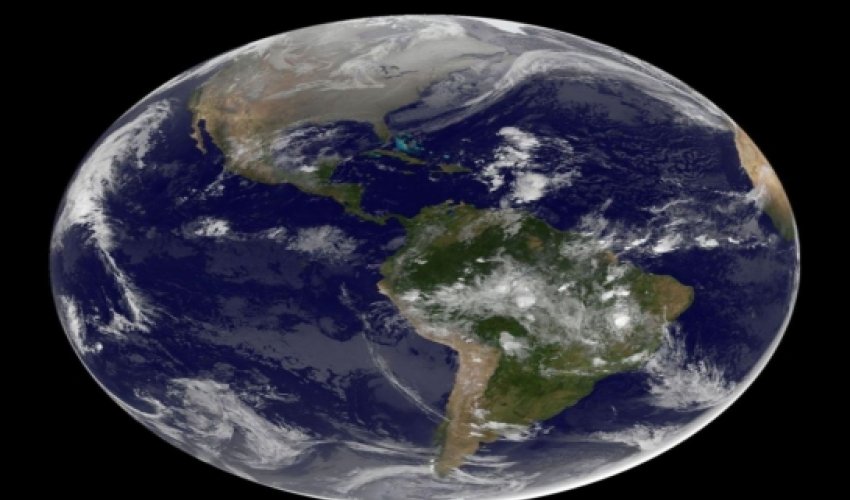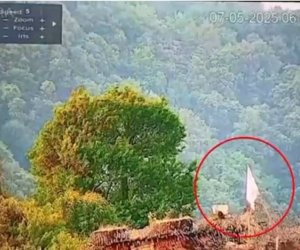Nasa reveals image of the Earth on Christmas morning

Using the Geostationary Operational Environmental Satellite 13, referred to as Goes East, the space agency published a high-definition image of half of the world's weather on Christmas morning. To achieve the breathtaking image, Nasa takes data from Goes East's cloud cover readings and superimposes them on a 'Blue Planet' view of the oceans and continents. The result is a crystal-clear photo of Earth - one is produced every three hours.There are currently three Goes satellites on a geostationary orbit 22,300 miles above the planet. Goes 13 covers the eastern hemisphere, Goes 14 is a spare in case anything goes wrong (having stood in for a malfunctioning Goes 13 twice in 2012 and 2013), and Goes 15 covering the western hemisphere (Goes West). Goes 13 is already past its projected seven-year lifespan, having been launched as a third-generation satellite in 2006. But, like all Nasa's new breed of satellites, it carries extra fuel to continue operations. A fourth-generation, referred to as Goes Next, is scheduled for launch beginning in 2015.The photographic wizardry of Goes East is in stark contrast to the limited abilities of Apollo 8, the first manned space flight to orbit the moon 45 years ago. It is a poignant reminder of how far we've come - and how quickly Nasa has evolved - that a Christmas broadcast from the crew of Apollo 8 was audio only (and barely that).The crew of William Anders, James Lovell and Frank Borman can be heard read sections of the Book of Genesis from the Bible, regarding the formation of the heavens and the earth. Afterwards Borman signs off with: 'God bless all of you, all of you on the good Earth.'(dailymail.co.uk)ANN.Az
Latest news 
More news 



































 Photo
Photo 



 Video
Video 

